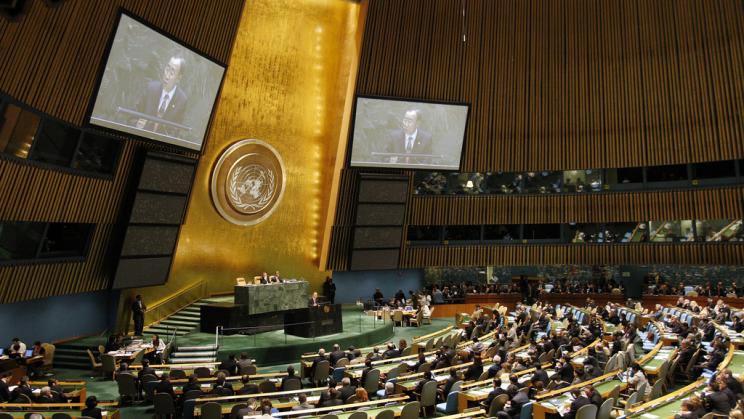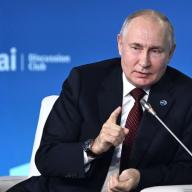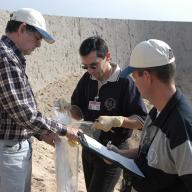Archived research
This page is for historical purposes and is no longer maintained
The nuclear non-proliferation and disarmament regime
The international nuclear non-proliferation and disarmament regime comprises principles, norms, rules and practices regulating nuclear weapons. Historically, the regime is built on the 1968 Treaty on the Non-Proliferation of Nuclear Weapons (NPT).
The NPT, which entered into force in 1970 and was extended indefinitely in 1995, seeks to prevent the spread of nuclear weapons, to promote peaceful uses of nuclear energy and to move towards nuclear disarmament. These goals are often described as the NPT’s ‘three pillars’. The non-proliferation commitments of non-nuclear weapon states are verified through International Atomic Energy Agency Safeguards. While regarded as the cornerstone of the international non-proliferation and disarmament regime, the NPT has been undermined by the lack of implementation of its disarmament pillar.
A new treaty, the 2017 Treaty on the Prohibition of Nuclear Weapons (TPNW), seeks to promote disarmament in line with the NPT’s disarmament pillar by strengthening the stigma around nuclear weapons. The TPNW was negotiated in 2017 and entered into force in January 2021. It establishes a comprehensive prohibition on nuclear weapons, including their possession, use and threat of use. Nuclear-armed states and their allies, however, have opposed the new treaty, arguing that it could undermine the NPT by creating parallel norms and weakening the alleged international stability created by nuclear deterrence.
SIPRI conducts research to facilitate both nuclear disarmament and non-proliferation, and it analyses developments related to the NPT and the TPNW, including the interrelationship between the two treaties. SIPRI follows efforts to bring the 1996 Comprehensive Nuclear-Test-Ban Treaty (CTBT) into force and to negotiate a proposed Fissile Material Cut-off Treaty (FMCT).















